MIT analysis finds current EVs could replace ~90% of personal vehicles now on the road based on driver’s energy consumption
Green Car Congress
AUGUST 15, 2016
A study by a team at MIT has concluded that roughly 90% of the personal vehicles on the road in the US could be replaced by an electric vehicle available on the market today, even if the cars can only charge overnight. Together, the two datasets encompass millions of trips made by drivers all around the country. Chang & Jessika E.


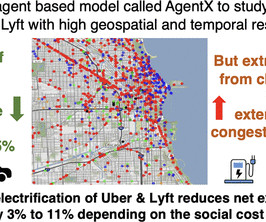



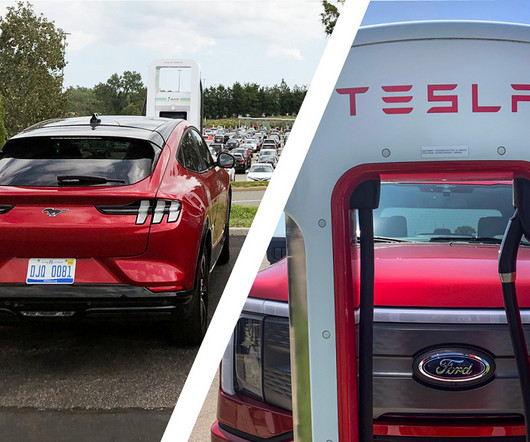

















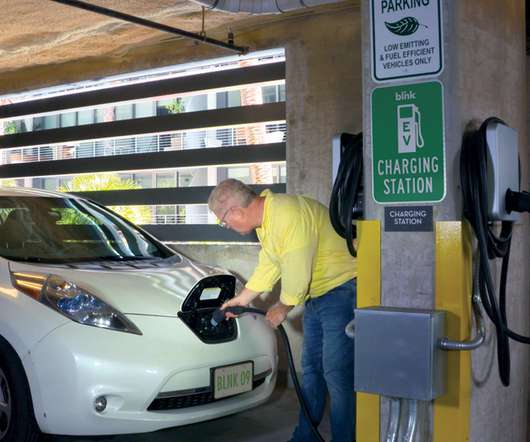
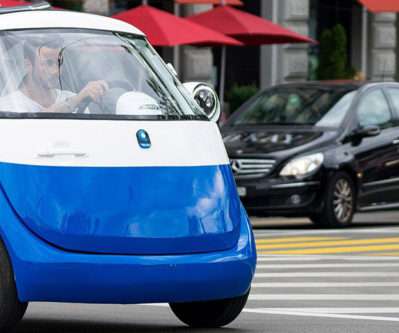

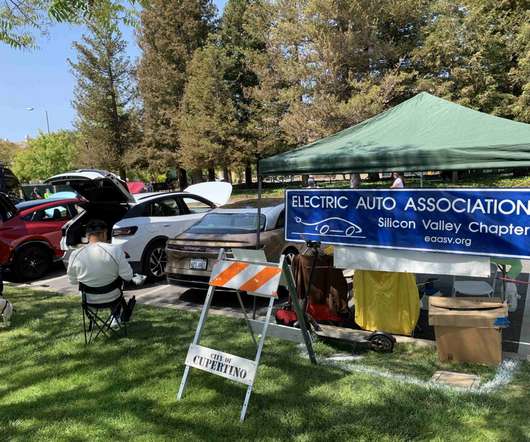
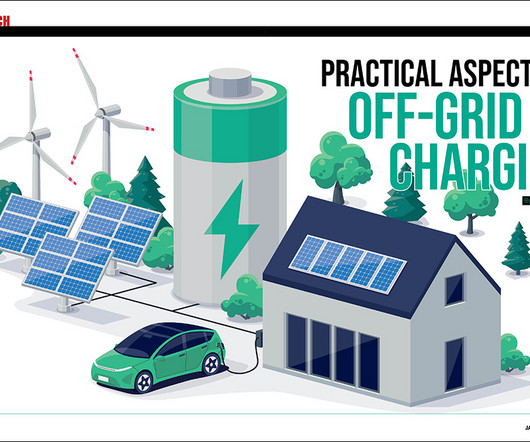

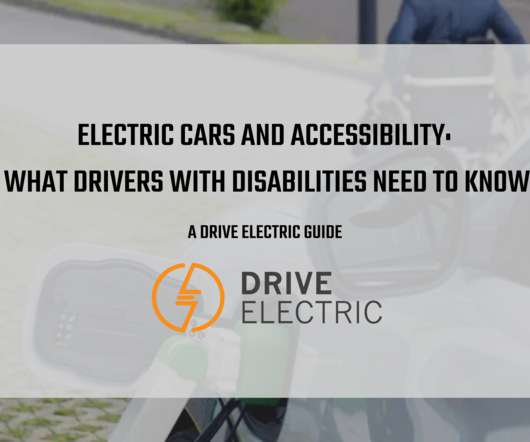


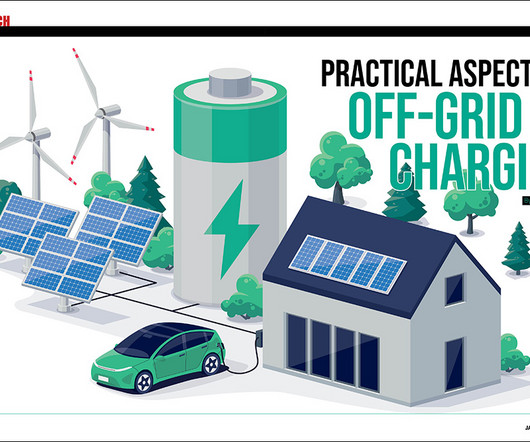








Let's personalize your content